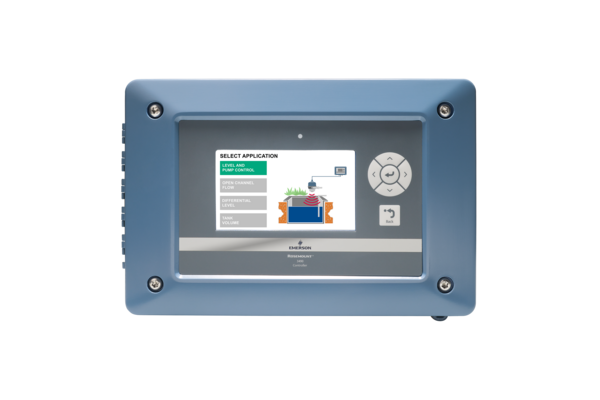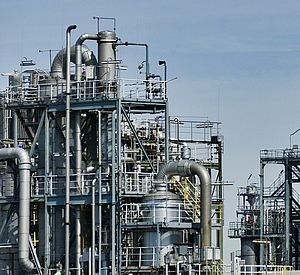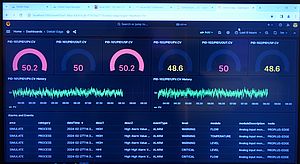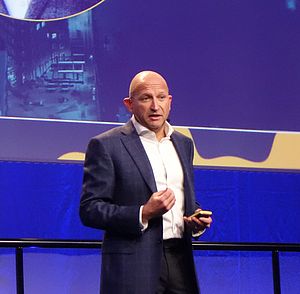Emerson has introduced its next-generation Rosemount™ 3490 controller for level and flow measurement applications, helping to reduce complexity, optimise processes and improve sustainability. Designed for maximum ease of use, the controller offers a full range of functionality for 4-20 mA or HART® compatible transmitters and is an ideal solution for applications in the water, wastewater and process industries.
Intuitive operation
The Rosemount 3490 is the first controller to offer simple-to-programme configuration wizards to help users set up the controller, making this process significantly less complex and time-consuming. To further enhance ease of use, the controller features a modern, intuitive graphical user interface, an easy-to-navigate menu structure and a backlit 4.3" colour LCD display, making it easy to operate and view device status.
By combining the Rosemount 3490 controller with Emerson's Rosemount 1208C non-contact radar level and flow transmitter, organisations can achieve accurate and reliable measurements with simple configuration via HART. This helps them optimise operational efficiency in a wide range of water and wastewater applications, including automatic control of up to six pumps, filtration operations, sludge handling, and flow in open channels, flumes and weirs. The rugged design of the controller and transmitter makes them ideal for use in the harsh environments typically found in these applications.
Easy data collection and sharing
The accuracy of level and flow measurements helps to prevent overfilling and water wastage, supporting increased sustainability. To ensure compliance with industry guidelines and regulations, the Rosemount 3490 simplifies reporting and documentation. It allows a variety of flow measurements to be summed, differentials to be calculated, and data to be easily logged and shared with regulatory agencies via a web interface with Ethernet connectivity.


























